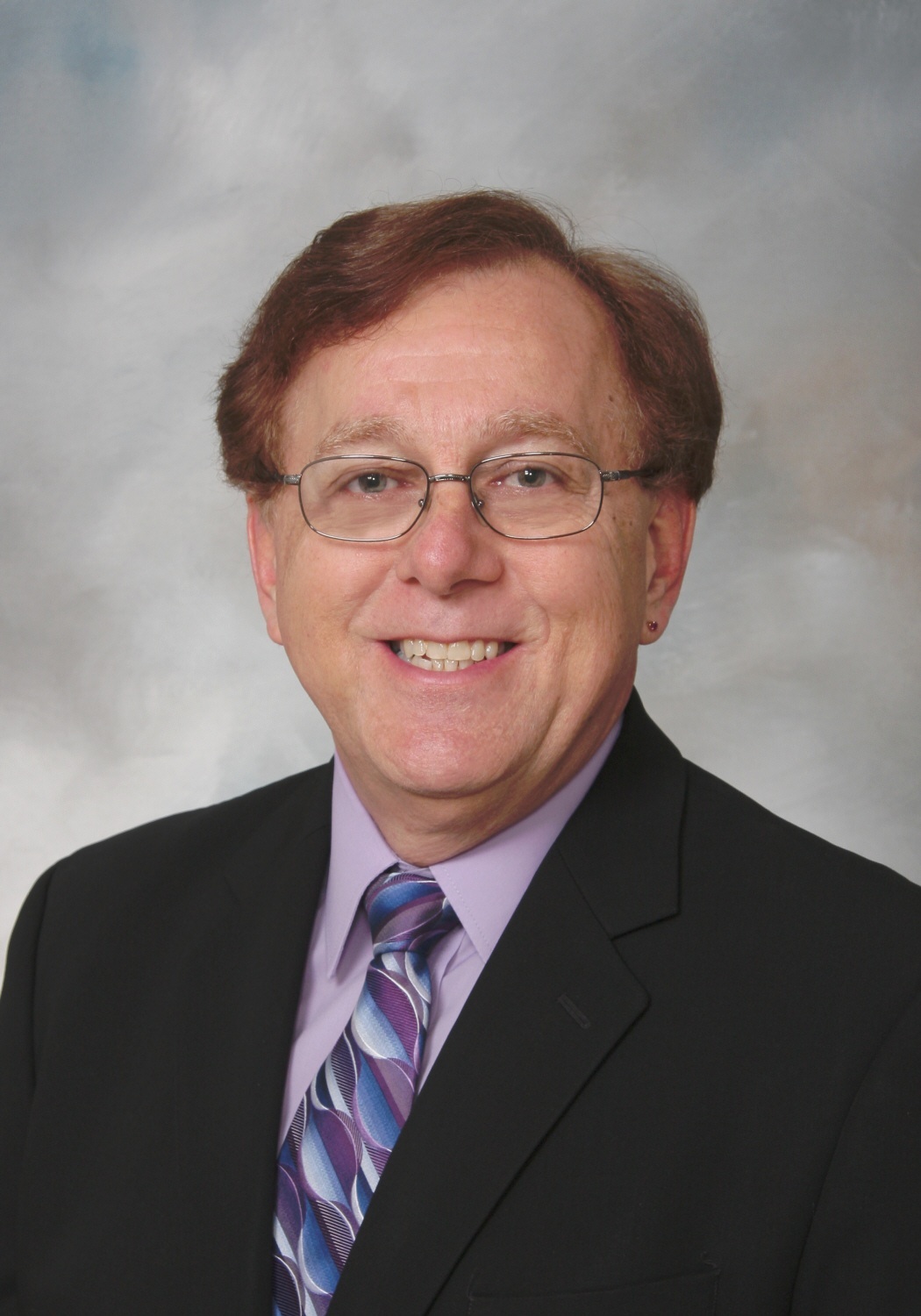FCC Eyes RF Safety Enforcement
Low-power options could spur closer monitoring
LAS VEGAS
Now that the Federal Communications Commission has allowed television stations to meet their digital buildout requirements with low-power alternatives, it's possible that most commercial broadcasters are likely to be on the air by the end of 2002 with a DTV signal that at least covers their cities of license. There will no doubt be plenty of debate over this decision and its impact on the DTV transition. But as stations consider low-power transmission, many are looking at placing these facilities on short towers near their studios or on rooftop locations.
That raises a new issue for broadcasters: the radio-frequency radiation (RFR) impact that such facilities may have on the surrounding environment.
At the International Wireless Communications Expo in April in Las Vegas, Richard Strickland, director of business development at Hauppauge, N.Y.-based Narda Safety Test Solutions, led a panel of experts on a discussion of RF safety issues. The panel, made up of experts from the FCC and the Occupational Safety and Hazard Administration as well as legal and consulting engineering experts from the wireless industry, agreed that the FCC is likely to more aggressively enforce the RFR safety regulations that are in place.
In the mid-1990s, the RFR standards went through a revision and all facilities were required to be compliant with new, more restrictive levels by September 2000. For most broadcasters, that day has come and gone with little or no perceptible change in the FCC's enforcement of the new standards.
According to Jerry Ulcek of the FCC's Denver field office, that will be changing in the near future. Broadcasting is not being targeted for enforcement, he said, but the DTV conversion and new interim low-power opportunities may lead to potential violations if they are not closely monitored and properly planned.
In his presentation on RF safety compliance and enforcement, Ulcek, who recently moved from the FCC Office of Engineering and Technology in Washington to Denver to lead the RFR safety compliance project, said the delay between the new standards going into effect and ramping up enforcement has been the result of insufficient manpower and training. He said the FCC is addressing both of those issues, but noted that the idea of trying to make every FCC field engineer an expert in RFR safety may be too daunting.
CHECKLIST COMING SOON
Ulcek said the commission is creating a checklist for field engineers to use on site inspections. The list is an internal document that will provide the field inspector with a tool that can be used to note conditions at the site that may raise a flag concerning the RFR environment. That information will be sent back to the Denver office for processing and determination of what the next appropriate step to be taken should be. To date, the FCC has never issued a notice of apparent liability (NAL) or a fine for RFR safety standards violations, but that will change in the very near future, he said. The FCC is currently in the process of reviewing a number of NALs that soon will go out along with forfeitures orders.
Ulcek said the orders are under review by the FCC to ensure that none will be dismissed on legal technicalities, since these NALs will be "precedent setting." The FCC is also considering how high to set the fines, according to Strickland. He adds that these NALs are not being preceded by the usual Letter of Inquiry (LOI), Warning, or Notice of Violation (NOV), a sequence that the FCC uses. This may indicate that the FCC feels that the offending locations have had sufficient time since the new standard went into effect in September 2000 to bring their locations into compliance.
WHAT'S AN ENGINEER TO DO?
If a broadcaster is considering placing a relatively low-power service on a short tower near a station or on a rooftop, it is vital to remember that the new standard for public exposure is five times more restrictive than the old standard. Stations do not allow the general population on their roofs; however, an air conditioning service technician or a roofer is protected by the standard for the general population unless that person has knowledge and control over his or her exposure. Depending on the station's use of business radios for news, it may be near or over the limit already, and the addition of a 50 kW ERP DTV UHF antenna may take it over the top and violate the limits for both controlled and uncontrolled environments.
Another important point for broadcasters to remember regarding RFR safety is that the entire burden for compliance rests on the licensee, even in an environment where the station is a tenant on a tower. And, a tower owner that is not an FCC licensee has no legal responsibility when it comes to RFR compliance. This differs from the conditions that exist for tower lighting, painting and registration, in which the tower owner is also liable for NALs and fines. So, a tenant at a site that is seeing an increase in low-power DTV stations should work with the other tenants and the site owner to ensure that the standards are being met.
Ulcek suggested that each licensee have a written program for RFR safety in the controlled environment.
Get the TV Tech Newsletter
The professional video industry's #1 source for news, trends and product and tech information. Sign up below.
Bill Hayes is the former director of engineering and technology for Iowa PBS and has been at the forefront of broadcast TV technology for more than 40 years. He’s a former president of IEEE’s Broadcast Technology Society, is a Partnership Board Member of the International Broadcasting Convention (IBC) and has contributed extensively to SMPTE and ATSC. He is a recipient of Future's 2021 Tech Leadership Award and SMPTE Fellow.

